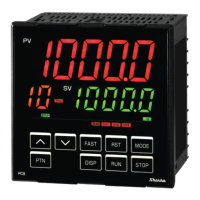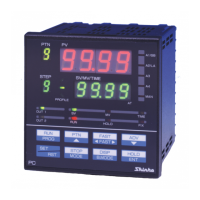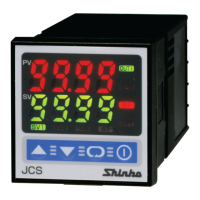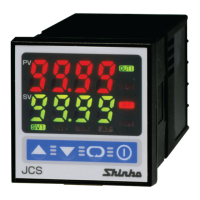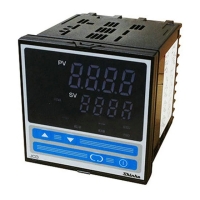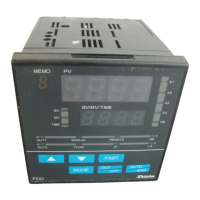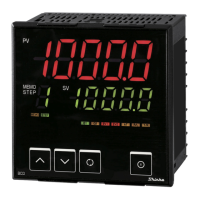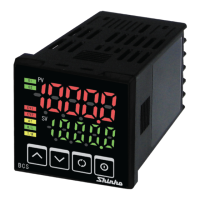What to do if PV and er05 are alternately displayed on Shinko PCB1?
- JJillian MurilloAug 20, 2025
If the PV Display indicates PV and er05 alternately, it means there's an overscale issue. The PV has exceeded the input range high limit value, which is the scaling high limit value for DC voltage or current inputs. Check the input signal source.
